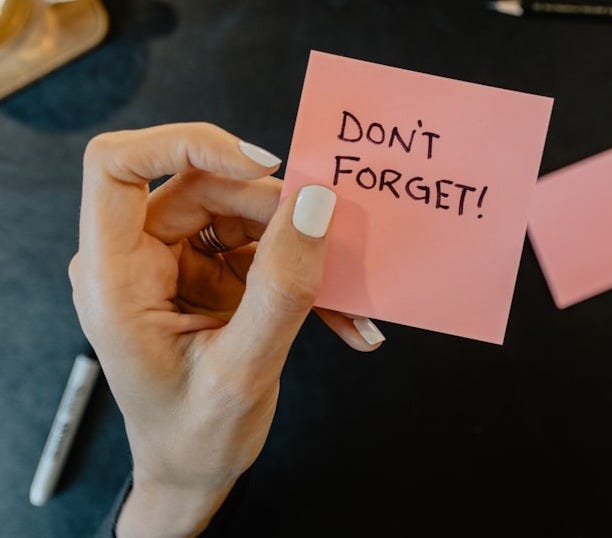The Art of Opening and Closing: Why These Procedures Are the Backbone of Retail Success
In the fast-paced world of retail, there’s one secret to ensuring the day runs smoothly: a well-executed opening and closing procedure. As someone with hands-on experience in merchandising and sales,

Why Opening and Closing Procedures Matter
The opening and closing of a retail store are more than just "turning the lights on and off." They set the tone for the entire day and ensure a tidy, welcoming environment for customers while preparing the team for success. A well-thought-out procedure is a safety net, keeping you organized even when distractions or unexpected challenges arise.
Think of these tasks as the foundation. Without them, the structure (your day) risks falling apart.
What Makes a Great Opening Procedure?
An opening procedure is about getting the store customer-ready in the most efficient way possible. This includes:
Unlocking and powering up: Open the doors, turn on the lights, and ensure the AC or heater is running comfortably.
Visual checks: Update and perfect mannequins and visual displays. Ensure racks are stocked, well-spaced, and color-coordinated.
Merchandising details: Steam or de-lint garments, verify pricing, and tidy shelves.
Technology readiness: Check that the POS system is charged and operational.
Inventory checks: Quickly review stock levels and make note of any reorders.
These steps aren’t just about making the store look good—they create a professional environment that makes customers feel valued.

The Art of Closing Procedures
Closing procedures are equally important. Think of them as setting tomorrow up for success. Key tasks include:
Tidying up: Ensure racks and displays are in order, garments are steamed, and jewelry is polished.
Cleaning: Vacuum or mop as needed and sanitize surfaces.
End-of-day reports: Send an EOD (end-of-day) message with notes about sales, inventory issues, or reorders.
Securing the store: Turn off all lights, lock up, and double-check security measures.
A thorough closing routine ensures that no time is wasted the next morning fixing what wasn’t done the night before.

Why Communication Is Key
Even with a detailed checklist, the reality of retail is that interruptions happen. Whether it’s an unexpected customer situation or a last-minute task, it’s easy to lose track of where you left off. This is where communication becomes critical:
Keep teammates informed: If you didn’t finish a task, make sure the next person on duty knows what’s pending.
Document everything: Use tools like shared notes or a task management app to track what’s been completed and what still needs attention.
Take Ownership of Your Procedures
If the opening and closing routines at your store feel lackluster, take the initiative to improve them. Propose strategies that make the process faster or more effective. For example, if organizing inventory during opening takes too long, experiment with tackling that task during quieter times of the day.

Ready to Master Your Procedures?
For those looking to streamline their retail routine, I’ve created a customizable Opening and Closing Procedure Checklist in Canva. This template can help you create a polished, professional system that keeps your day on track.
By mastering these foundational routines, you’ll not only improve your efficiency but also elevate the entire customer experience. After all, the success of your store begins and ends with the right procedures.
Have your own tips or tricks for perfecting opening and closing procedures? Share them in the comments—I’d love to hear your insights!


